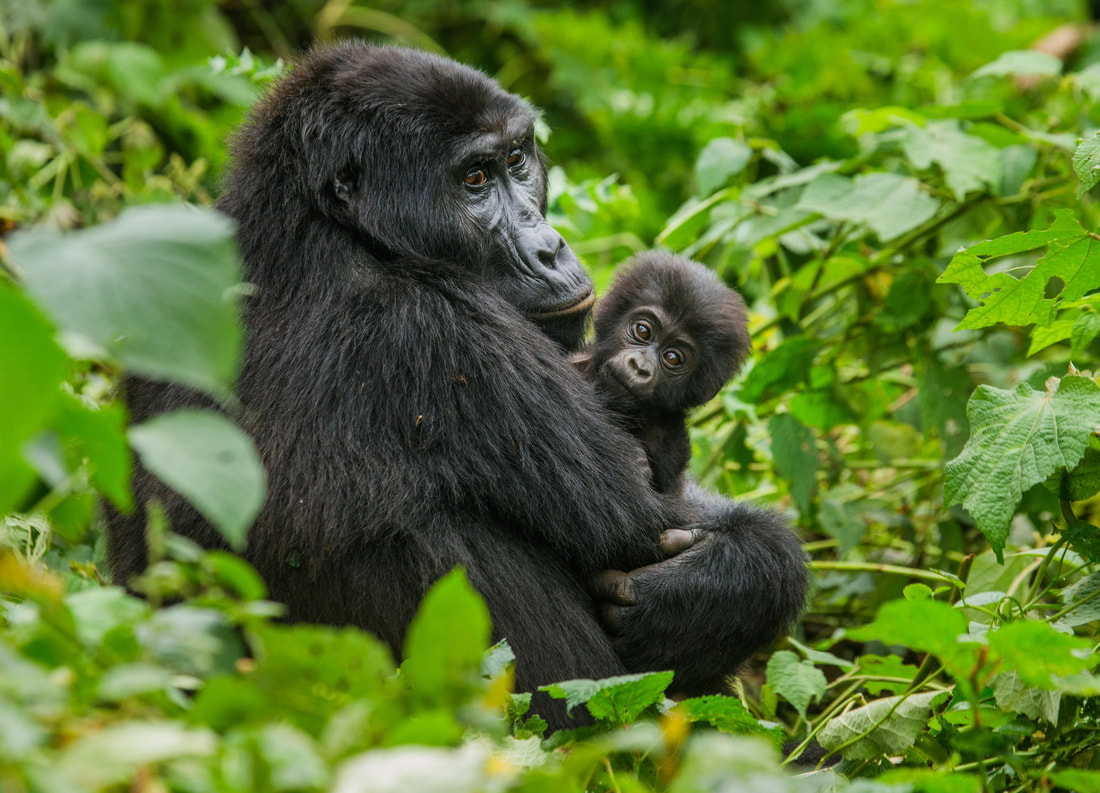|
9/14/2023
Rwanda – Land of a Thousand HillsA mountainous and landlocked country south of Uganda and east of Tanzania, Rwanda, one of Africa’s smallest countries, is a gem waiting to be fully discovered. While the star attractions are the silverback mountain gorillas, Rwanda has so much more to experience beyond these magnificent animals. Incredible wildlife, montane rainforests, sweeping plains, history, culture and welcoming people can all be discovered on a journey to Rwanda. Most trips will begin and end in Kigali, Rwanda’s largest city and capital. Safe and clean, Kigali is a friendly city boasting lively markets, wonderful coffee shops, cultural villages, cooperatives and museums, including the somber Genocide Memorial Center. 5-star, major brands and lovely boutique properties - plenty of hotel options await you. Beyond Kigali, the major attractions in Rwanda include: Picture courtesy of Africa Answers Akagera National Park - Central Africa’s largest protected wetland. A thriving wildlife refuge, you can observe the Big Five (lions, leopards, black rhinoceros, elephants and buffalo) in addition to zebra, giraffe, hippos, crocodiles and a small population of white rhinoceros introduced to the area in 2021. An impressive array of wildlife. Akagera is relatively undiscovered – an area to enjoy without the crowds. Lake Kivu - part of Africa’s Great Rift Valley. Located in western Rwanda, it is the largest lake in Rwanda and the sixth largest on the continent. The lake is the largest source of fish for the entire country. The area is quite picturesque – a great place for walks/hikes, boat rides, relaxing and birdwatching. Rwanda has over 700 species of birds - Lake Kivu is a top destination for bird watchers with over 60 species making their home here. Picture courtesy of Africa Answers Nyungwe Forest National Park – a mountain rainforest and one of the oldest in Africa. Located in southwest Rwanda on the border with Burundi, the park is home to 12 species of primates, including the chimpanzee (also found in Gishwati Forest, Rwanda’s fourth national park), colobus and L’Hoest’s. An exhilarating experience within the park is the Canopy Walkway, a 525 foot long suspension bridge giving you a unique view of wildlife and ancient treetops. The park is also home to a large variety of orchid. Parc National des Volcans (Volcano National Park) – home of the endangered mountain gorillas. Located on the northwest border with Congo, it is named after a chain of dormant volcanoes. The reason why most visitors come to Rwanda – to follow the footsteps of Dian Fossey and get a glimpse of the mountain gorillas. Gorilla trekking is the main draw, however other experiences, including treks to see other primates and birdwatching, bring visitors to the region. A variety of mountain lodge properties ranging in luxury are your base for treks and to simply relax. Why visit Rwanda? Breathtaking landscapes, biodiversity, amazing wildlife, culinary delights, rich and diverse culture. The map below outlines where in Rwanda you can find the above experiences. Best time to visit? Peak season is June to October and December to February (more crowded, higher rates). Dry season is June to September and December to February. The ground cover on the Akagera savannah is sparse, making it easier to spot wildlife. For gorilla trekking – dry season is better. It is a year-round activity, but March to May can see heavy rains – more difficult trekking conditions (but easier to get gorilla trekking permits). Fruit is more abundant during the rainy season, easier to see the chimpanzees in Nyungwe as well. Spring and fall seasons are when the gorilla’s favorite food, bamboo shoots, are produced. I’m told the shoots get them (and other primates) a little “drunk and naughty”!
Gorilla trekking permits are very limited and carefully regulated. You need to plan well ahead if you want this experience included in your trip. Comments are closed.
|
Laurie Marschall - Owner and Founder
|













 RSS Feed
RSS Feed
